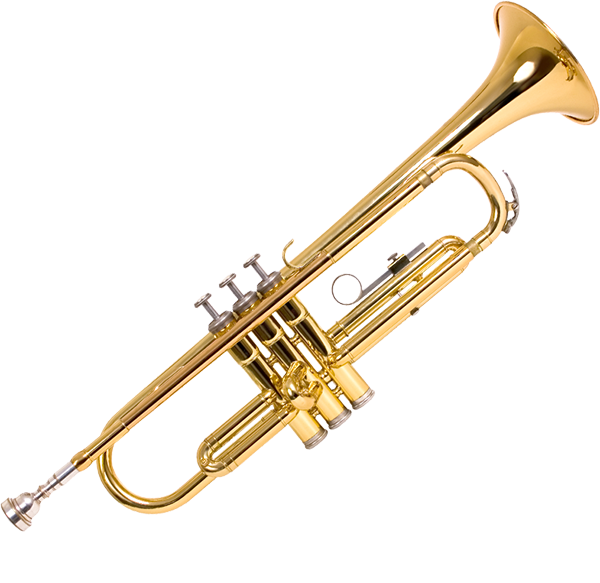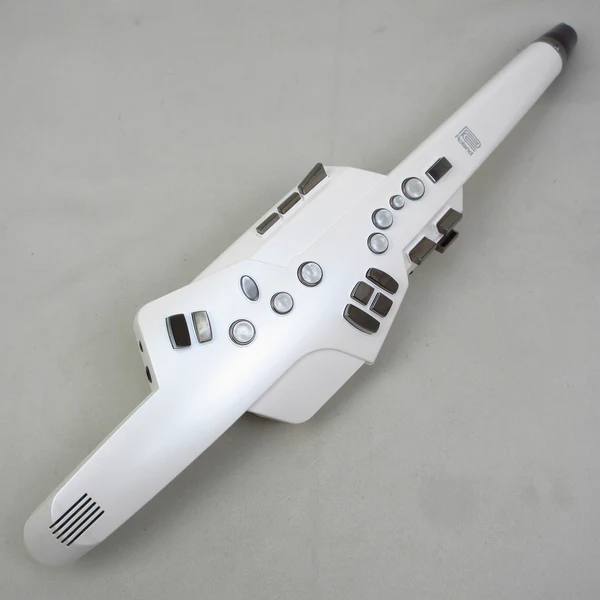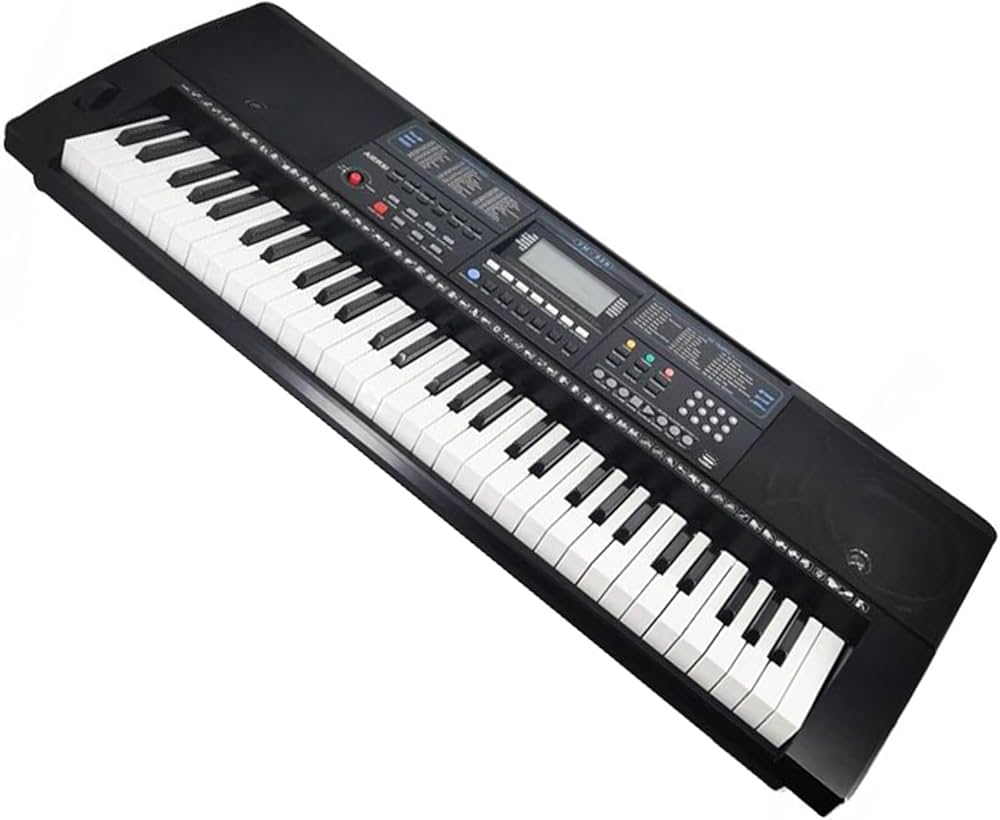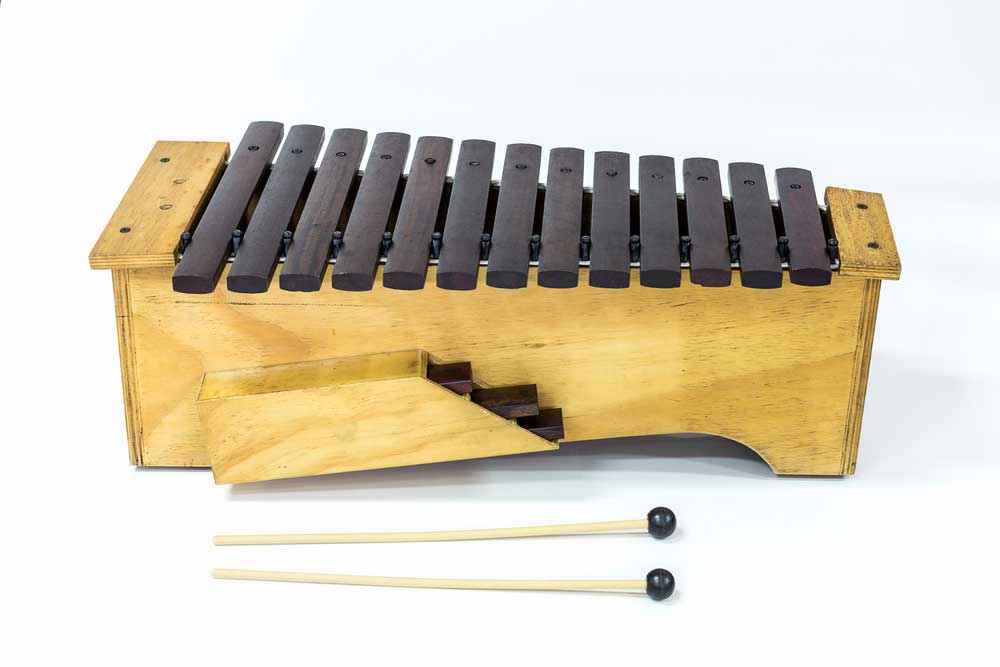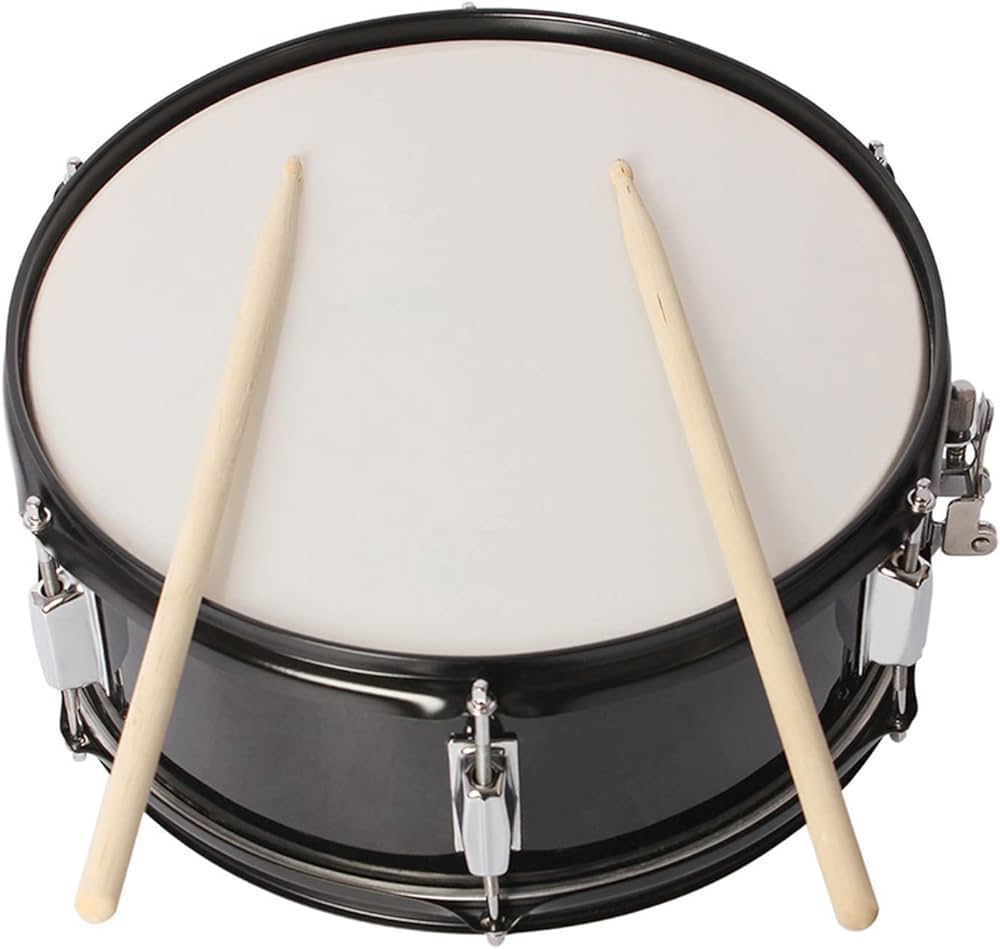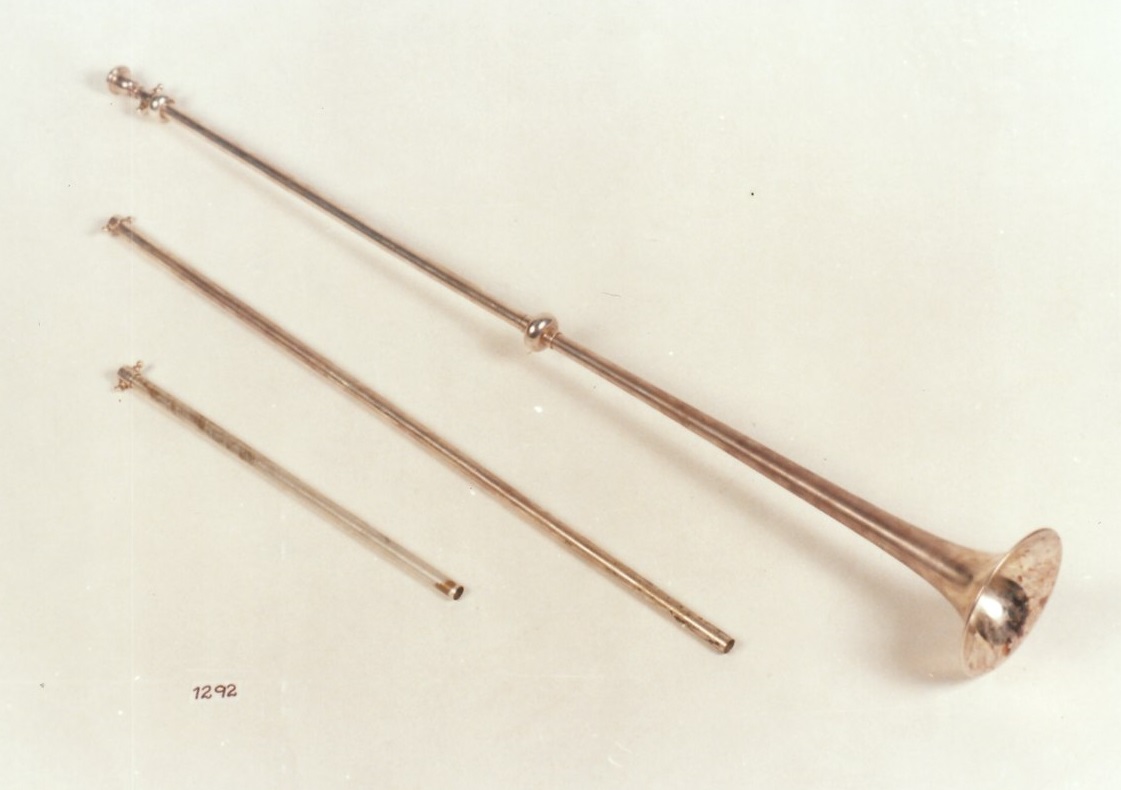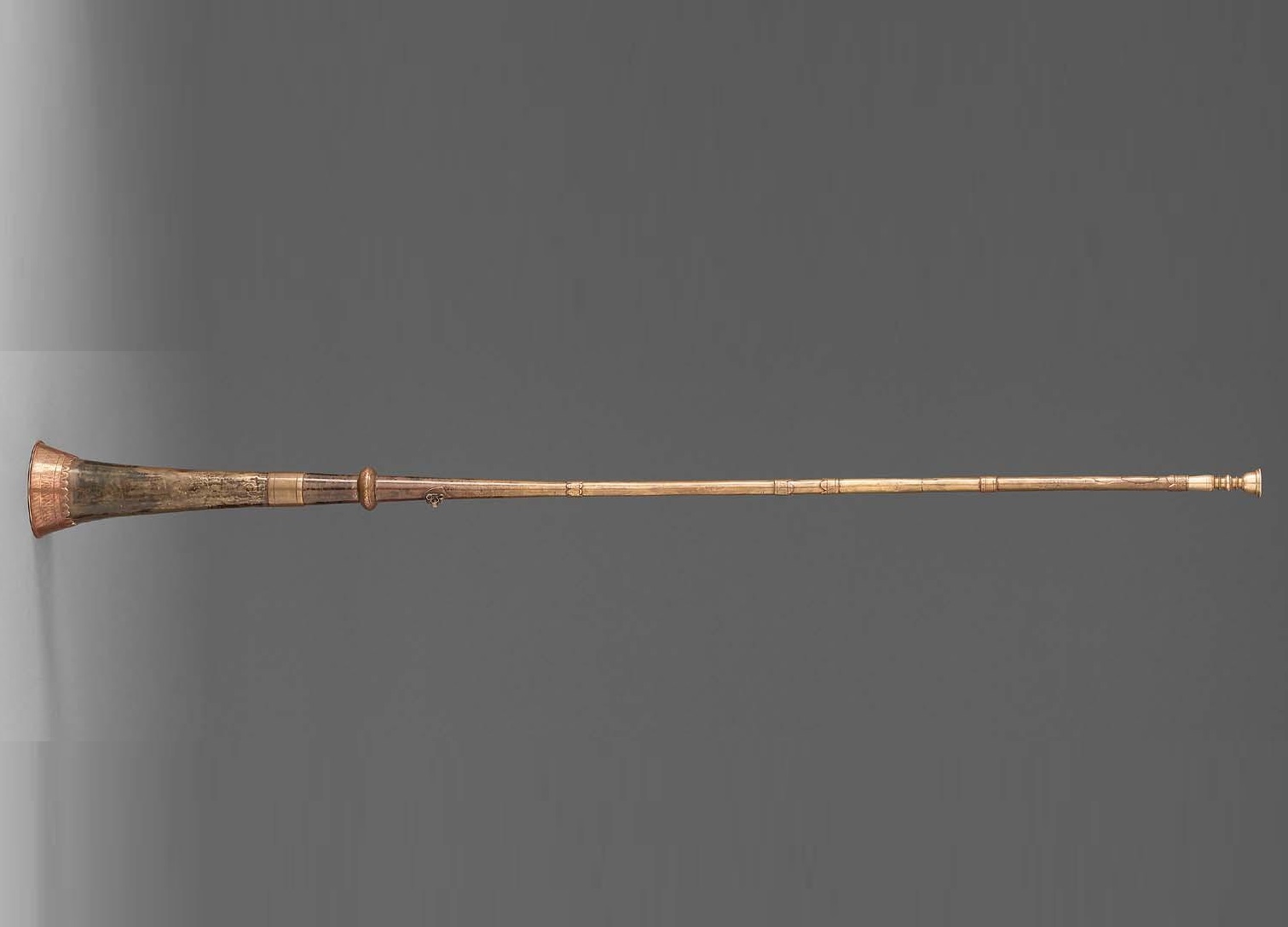Buisine
Brass Winds
Europe
Between 1001 and 1900 AD
Video
The buisine is a medieval brass instrument that falls under the category of natural trumpets. It is characterized by its long, straight, and slender body, which typically measures between one to two meters in length, although some examples were even longer. The instrument tapers towards a slightly flared bell at the end. Unlike modern trumpets, the buisine lacks valves or pistons, meaning that its pitch can only be altered by the player’s lip tension and breath control. This design makes it a natural trumpet, producing notes from a harmonic series without chromatic versatility.
It was primarily used for ceremonial and military purposes. Its loud, resonant sound made it ideal for announcing events, signaling in battle, or heralding the arrival of nobility. The instrument often featured banners or flags attached to its long tube, further emphasizing its role in pageantry and heraldry. Its sound is described as powerful and heroic, often evoking feelings of royalty and grandeur.
Type of Instrument
The buisine is classified as a brass instrument and more specifically as a natural trumpet. According to the Hornbostel-Sachs classification system, it falls under category 423.121, which includes end-blown trumpets without mechanisms for altering pitch apart from the player’s lips. This places the buisine in the same family as other early brass instruments like the Roman cornu and the medieval anafil. As a precursor to modern fanfare trumpets, the buisine played a significant role in shaping the development of brass instruments. Its design and functionality influenced later instruments such as the slide trumpet, baroque trumpet, and eventually modern trumpets with valves.
Characteristics
The buisine’s primary characteristics revolve around its sound production and visual design:
Sound: The buisine produces a loud, buzzing tone that resonates powerfully over long distances. Its sound is often described as heroic and substantial, making it ideal for military signals or royal fanfares.
Pitch Range: Limited by its natural trumpet design, it can only play notes within a specific harmonic series.
Visual Appeal: The long straight tube often featured decorative elements like banners or engravings.
Functionality: Its simplicity made it durable and easy to use for signaling purposes.
History
The history of the buisine is deeply intertwined with cultural exchanges across continents during the medieval period. The instrument has its origins in ancient Roman and Islamic traditions. The term “buisine” itself is derived from buccina, a Roman military horn used for signaling purposes. This Roman influence was later combined with elements from Middle Eastern instruments like the nafir or anafil, which were introduced to Europe through various channels. The nafir was brought to Spain during the Muslim conquest of the Iberian Peninsula in the 8th century. It was later adopted by Christian armies during the Crusades (11th–13th centuries), who brought these instruments back to Europe as spoils of war. The buisine first appeared in Southern Italy around the 11th century and quickly spread across Europe, becoming a staple in both military and ceremonial contexts.
By the late Middle Ages, the buisine had evolved into different forms and began to lose its exclusive association with warfare. It became an instrument of heraldry and courtly ceremonies, often used to announce royal events or accompany processions. During this period, its long tube started to curve slightly, paving the way for further developments in brass instrument design during the Renaissance.
In art and literature, references to the buisine can be found as early as the 12th century in works like The Song of Roland. Visual depictions from manuscripts and frescoes often show angels or heralds playing this instrument, emphasizing its ceremonial importance.
Construction and Design
The construction of the buisine is relatively simple but highly effective for its intended purposes. It is made primarily of metal, such as brass or bronze, which contributes to its bright and resonant sound. The instrument consists of a long cylindrical tube that gradually widens into a flared bell at one end. The mouthpiece is typically small and cup-shaped, designed to focus airflow into the tube. The straight design of the buisine sets it apart from coiled trumpets like modern ones. This straight form not only enhances its visual appeal but also allows for uninterrupted vibration through the tube. This results in a louder sound that can carry over long distances—an essential feature for outdoor use in battles or ceremonies. Some variations of the buisine were shorter and smaller, such as the clarion. These smaller versions produced higher-pitched sounds due to their reduced size but shared similar construction principles.
Types of Buisine
While there are no distinct subcategories of buisines recognized as separate instruments, variations existed based on size and pitch range:
Standard Buisine: The most common type, measuring around one to two meters in length.
Clarion: A smaller version with a higher pitch range.
Extended Buisines: Rare examples that exceeded two meters in length for deeper tones.
These variations allowed players to choose an instrument suited to specific ceremonial or musical needs.
Playing Techniques and Sound Modifications
The buisine, a medieval trumpet, requires specific playing techniques due to its lack of valves or other pitch-altering mechanisms. Players rely solely on their embouchure and lip vibrations to produce different notes within the harmonic series. The instrument is end-blown, meaning the mouthpiece faces the axis of the trumpet, and the player must maintain a steady airflow to achieve a consistent tone. Unlike modern trumpets, the buisine does not allow for chromatic changes, limiting its range to the natural harmonic series. This requires the player to master precise lip control and breath support to navigate the limited pitch options.
Sound modifications on the buisine are minimal due to its simple design. However, players can alter the timbre by adjusting the shape of their lips and the intensity of their breath. The instrument produces a loud, buzzing sound, often described as powerful and heroic, which is ideal for its traditional use in ceremonies and military events. The uninterrupted vibration through the straight tube enhances the volume, making the sound appear to come from a distance. This characteristic makes the buisine particularly effective in open-air settings where its sound can carry over long distances.
Applications in Music
The buisine was primarily used in medieval Europe for military and ceremonial purposes. Its loud, resonant sound made it an ideal instrument for signaling in battle or announcing the arrival of royalty. The instrument’s powerful tone also made it suitable for storytelling, particularly in depicting battle scenes or heroic tales. In modern times, the buisine has found a niche in historical reenactments and early music ensembles, where it is used to recreate the soundscape of the medieval period. Its distinctive timbre adds authenticity to performances of medieval music, providing a link to the past.
Most Influential Players
While specific historical figures associated with the buisine are not well-documented, the instrument’s influence can be seen in the broader context of brass instrument development. Players of the buisine were likely skilled heralds or military musicians who used the instrument for signaling and ceremonial purposes. In contemporary settings, musicians specializing in early music have revived interest in the buisine, incorporating it into performances of medieval compositions. These modern players contribute to the preservation of historical performance practices and the instrument’s cultural heritage.
Maintenance and Care
Maintaining a buisine requires attention to its metal construction, typically brass or bronze. Regular cleaning is essential to prevent tarnishing and ensure the instrument’s longevity. Players should use a soft cloth to remove dirt and moisture after each use, and periodic polishing can help maintain the instrument’s appearance. The mouthpiece, being the point of contact with the player’s lips, should be cleaned thoroughly to prevent the buildup of bacteria. Additionally, the straight tube design of the buisine makes it relatively easy to inspect for damage, such as dents or cracks, which could affect its sound quality. Proper storage in a dry, temperature-controlled environment is crucial to prevent corrosion and other forms of deterioration.
FAQ
What is the history of the Buisine?
The Buisine is a medieval long straight trumpet, originating in Europe during the 11th century. It was used in military and ceremonial contexts, particularly by heralds. The instrument evolved into the modern fanfare trumpet. Its name derives from the Latin "bucina," meaning a type of horn.
What materials were used to make the Buisine?
The Buisine was traditionally made of brass or copper, though early versions may have used wood or animal horn. Its long, cylindrical tube was often crafted in sections and sometimes adorned with engravings. Some were wrapped in decorative fabric for ceremonial use.
What were the primary uses of the Buisine?
The Buisine was mainly used for military signals, courtly ceremonies, and church processions. It played an essential role in heraldic traditions, announcing nobility and events. Over time, it influenced the development of brass instruments like the trombone and modern trumpets.
 Links
Links
References
Other Instrument
Categories

